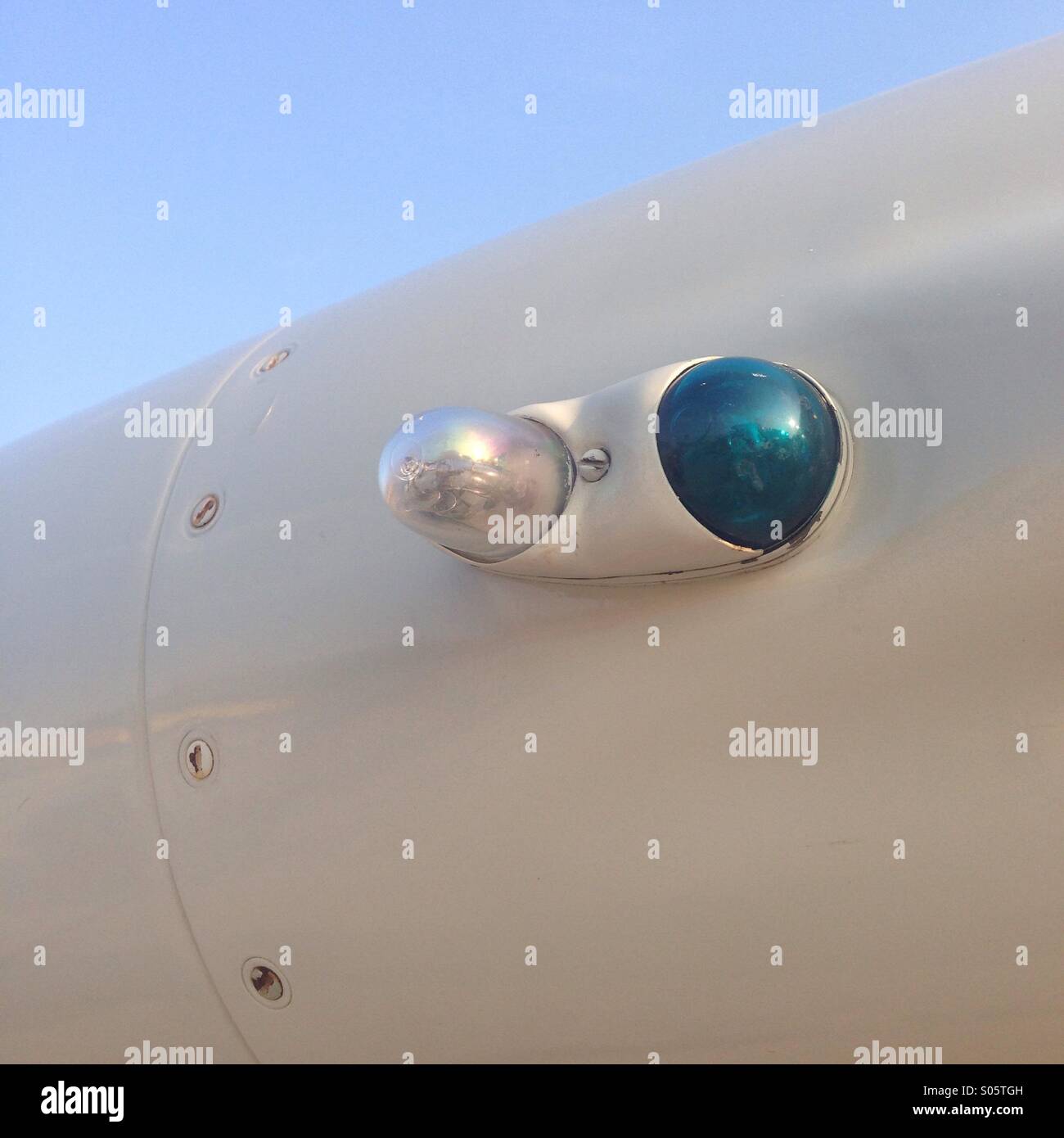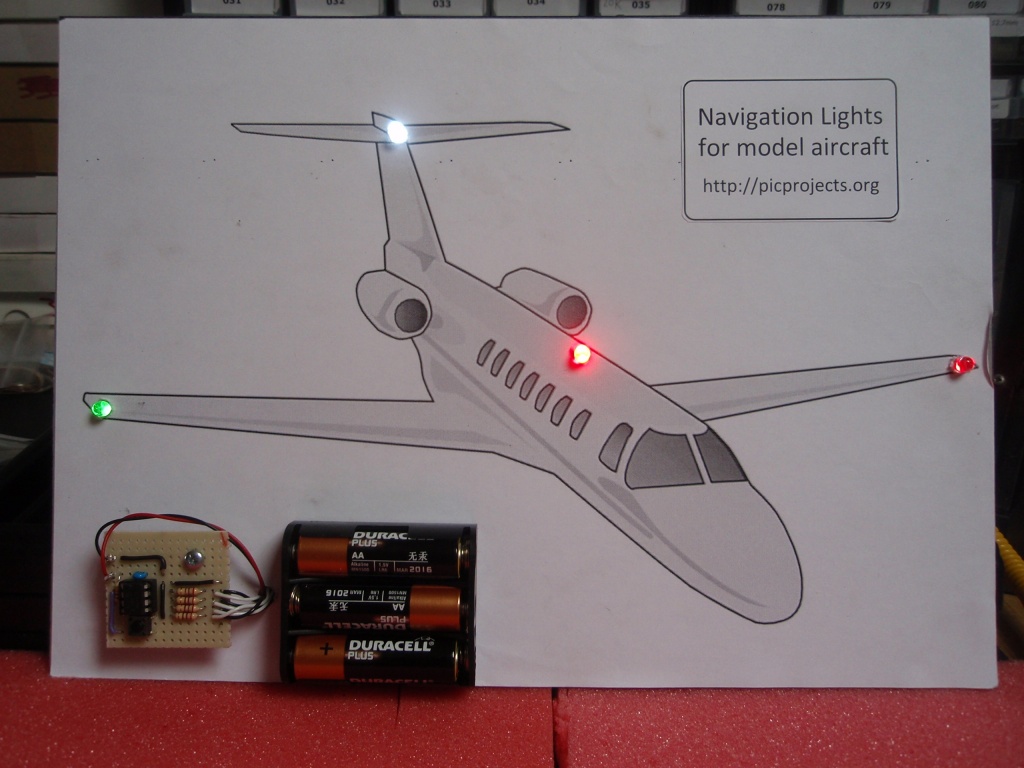Aircraft Navigation Lights - Aircraft lighting is another very important parameter which contributes to the safety of the aircraft. Driving a car at night on dark roads without lights presents an element of risk no matter how skilled you are at driving. The same applies to aviation, where pilots are taught emergency procedures, such as "lights out" during training to land without lights in case they need to deal with them.
So, as pilots, it's very important for us as pilots to know what lights are installed on our aircraft, where they are located around the aircraft, when they are appropriate, and what to do if they stop working. In this post I'll be looking at the lights installed on the Airbus 320 since I know this aircraft very well, but most lights on any aircraft are always the same as the uniform requirements.
Aircraft Navigation Lights

This week's story: The Royal Air Transport Company KLM was founded on October 7, 1909. It is the oldest airline in the world and the oldest aircraft still flying under its name. Although the maiden flight did not take off until May 1920, KLM remained an important part of the international aviation scene. Throughout its nearly 100-year history, KLM's commitment to innovation has remained constant. It doesn't just apply here. Its fleet is one. The airline has proven to be a pioneer in the use of social media, launching its first social-media-powered flight schedule.
Aircraft Lighting Buyer's Guide
That's it for this week's post. I hope you enjoyed it and gained some knowledge from the post. If you do, don't forget to share it with other pilots. Feel free to share your views and any comments or suggestions on topics you would like to read about. Until next week, stay safe and healthy. You've probably noticed random flashing and steady lights on airplanes and wondered what they mean. This article explains all the different types of lights you'll come across on an airplane and what they are used for.
There are lights. The type of lights installed on an aircraft depends on the type of aircraft, its operation and the time of day.
Many lights installed on aircraft serve more than one of the above purposes. For example, landing lights provide illumination to the pilot while also making the aircraft more visible.
While many lights are required by law, the number is not alarming, and broken lights rarely cancel or delay flights because they are relatively easy to replace.
Airplane With Navigation Lights Rides On...
Ship operators quickly realized that in an age when ships were the primary means of transportation, collisions were a common occurrence. Therefore, green, red and white lights were added at certain locations on the ship. As airplanes were invented and became more advanced, they were added in the same places.
The green light is on the right wingtip and the red light is on the left wingtip. White lights are located at the rear (rear) of the tail of the aircraft and sometimes on the wingtips.
These lights allow observers to determine the aircraft's position and orientation. For example, if an airplane is coming directly towards you, you will see green lights, then red lights (left to right). You will only see red lights if a plane flies past you and to your left.

Pilots came up with different phrases as jokes to remember what it meant to see certain lights when a plane was approaching head-on, such as "green then red, turn right or you die".
Aircraft Navigation Light Hi Res Stock Photography And Images
Although only required for night flying, pilots will usually leave these lights on at all times for increased visibility.
Beacon lights, also known as anti-collision lights, indicate when aircraft are operating. They are sometimes called spinning beacon lights, reminiscent of the days of spinning lights.
Beacon lights are red lights located above and below (on larger aircraft) the aircraft. Once the pilot starts the start process, the engine is turned on and only turned off after the engine is turned off.
The beacon lights flash alternately. Newer aircraft, such as the latest Boeing and Airbus aircraft, use LED (Light Emitting Diode) lights as anti-collision lights, which have a longer red flash ("on" period) than Xenon lights.
Ask The Captain: Airplane, Airport Lights Explained
If you see any planes on the tarmac, a quick way to determine if the plane is about to start its engines (if you should stay away) is to look for flashing beacon lights.
Strobe lights, also known as anti-collision lights, are flashing white lights located on the wings of airplanes. On some aircraft, these lights flash quickly, while on most aircraft they flash in a regular on/off pattern.
These lights are only used on airplanes and runways, as they are too bright to be used on the ground, especially at night.

Quite simply and true to their name, taxi lights are used to illuminate the taxiway so pilots don't have to guess where they're going at night (which, as you can imagine, is very helpful).
Why Do Airplanes Have Red And Green Lights?
These lights are usually located on the nose gear struts and wings. They are often integrated with landing lights which are used as taxi lights in a dimming system.
The landing lights are very powerful and provide very visible illumination to the crew. You'll usually find landing lights mounted on the wings, nose, or under the fuselage of an aircraft. They are placed down to illuminate the runway and, as mentioned earlier, are sometimes used as taxi lights in dim conditions.
In addition to providing illumination for the crew, landing lights also improve the visibility of the aircraft. On newer aircraft, auxiliary systems such as the Alternating Landing Light System (ALLS) further improve visibility by flashing the left and right landing lights in an alternating pattern. These systems can even be found on newer general aviation (GA) aircraft, such as the Cessna 172, which have a "confirmation light" system that activates ALLS.
Interestingly, on the new GA Cessna aircraft, the LED landing lights on each wing serve as landing, taxi and ALLS active identification lights, controlled by a single switch with two modes: landing and taxi/identification. Assume the switch is set to TAXI and the aircraft is flying above 40 knots; in this case the lights will automatically change from dim taxi lights (half the total number of LEDs) to full alternating pulsing landing lights called identification lights.
Aircraft Exterior Lighting
Runway closure lights have many similarities to landing lights, but they are not as bright and are located on either side of the nose of the aircraft to illuminate runway exits. These lights are usually located in the nose and help the pilot during sharp turns, as the main taxi lights usually only illuminate the front of the plane.
Wing inspection lights are mounted on the fuselage and project aft onto the wings. They are used to assist ground and flight crews in detecting icing conditions on the wings.
Some military and law enforcement aircraft are equipped with searchlights to illuminate objects on the ground.
Marker lights are lights mounted on the horizontal stabilizer of the aircraft and projected upwards onto the vertical stabilizer to illuminate the aircraft's markings. On older aircraft, they sometimes point backwards, at the wing tips.
What All Those Striking Aircraft Lights Actually Mean
These lights are not a legal requirement and were originally introduced as a marketing gimmick for aircraft manufacturers, but are useful.
Some military aircraft have special lights on board to help pilots maintain proper posture while flying. They are mostly only visible in the infrared spectrum and only when using night vision equipment, allowing aircraft to turn off the lights for operational reasons.
Now you know what causes a series of flashes, different colors and bright lights on an airplane. It's not just a Christmas tree simulator!
Aircraft position lights, aircraft beacon lights, experimental aircraft led lights, aircraft warning lights, led aircraft navigation lights, aircraft led strobe lights, aircraft recognition lights, led aircraft landing lights, led aircraft lights, grimes aircraft lights, aircraft exterior lights, aircraft lights explained


0 Comments